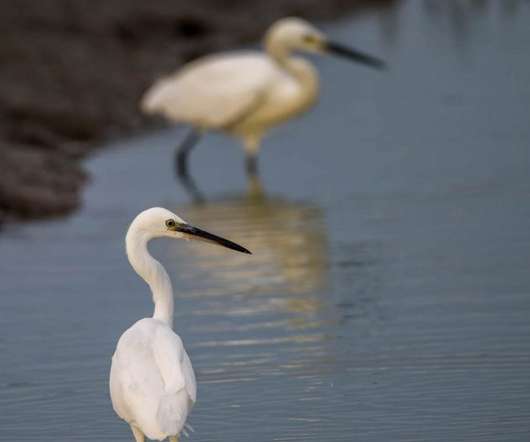Birding Chongming Island in summer
10,000 Birds
JULY 18, 2022
.” And after separating all the parts of the boluses and presumably weighing them, your conclusion would have been that “the most regularly occurring food items recorded are fish (63%) and insects (33%)” (the other 4% are the few remaining bits of chocolate and gummy bears brought to the chicks by their grandparents.












Let's personalize your content